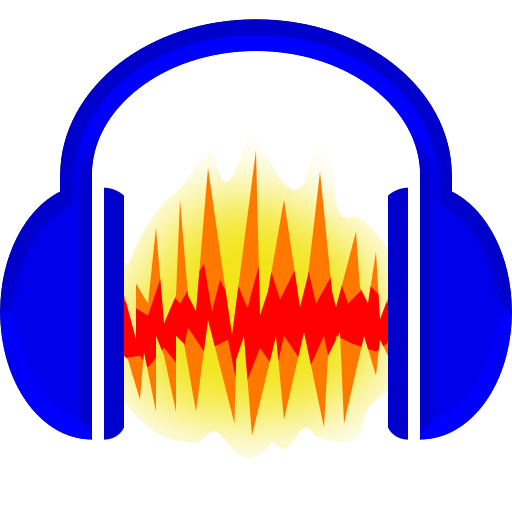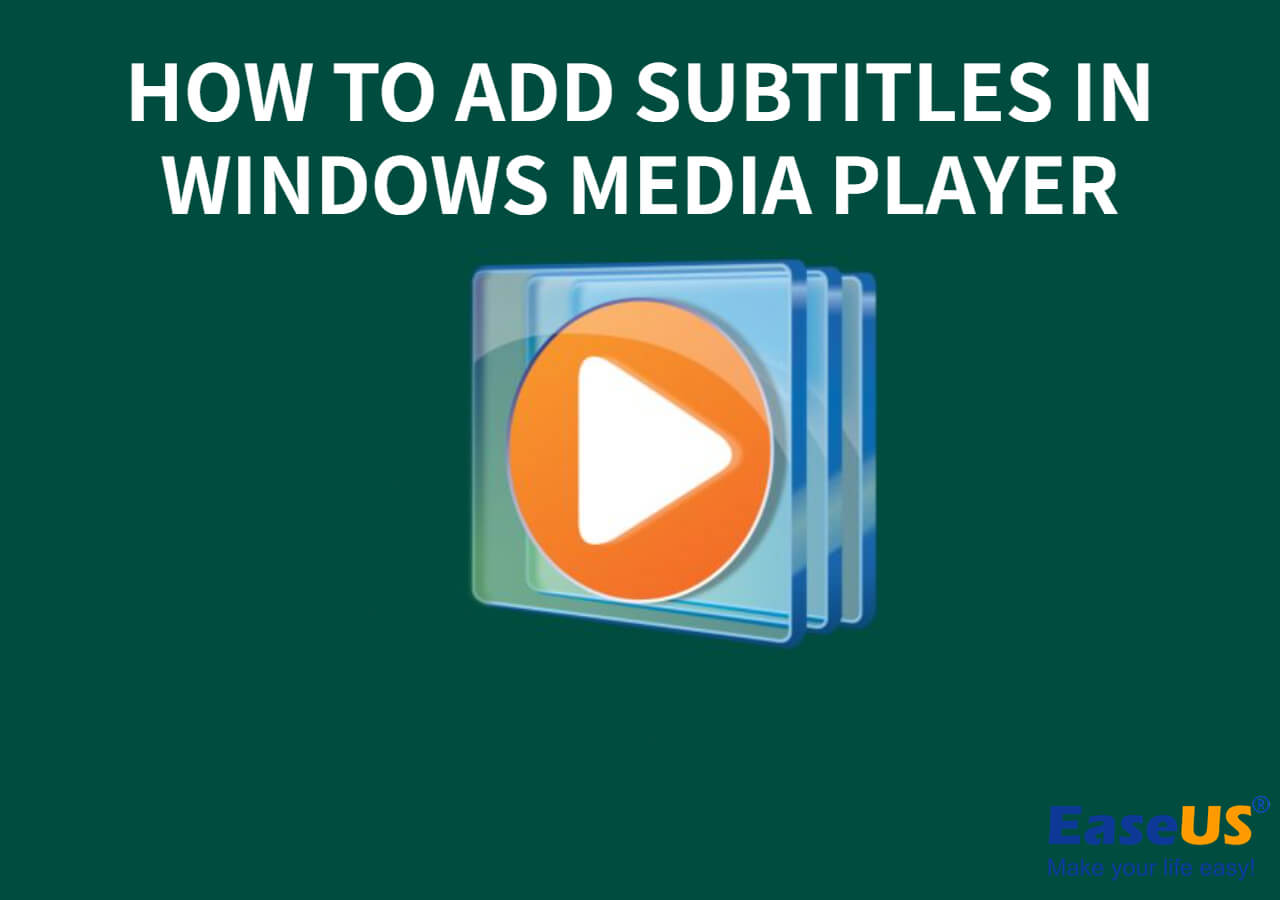-
Jane is an experienced editor for EaseUS focused on tech blog writing. Familiar with all kinds of video editing and screen recording software on the market, she specializes in composing posts about recording and editing videos. All the topics she chooses are aimed at providing more instructive information to users.…Read full bio
-
![]()
Melissa Lee
Melissa is a sophisticated editor for EaseUS in tech blog writing. She is proficient in writing articles related to screen recording, voice changing, and PDF file editing. She also wrote blogs about data recovery, disk partitioning, and data backup, etc.…Read full bio -
Jean has been working as a professional website editor for quite a long time. Her articles focus on topics of computer backup, data security tips, data recovery, and disk partitioning. Also, she writes many guides and tutorials on PC hardware & software troubleshooting. She keeps two lovely parrots and likes making vlogs of pets. With experience in video recording and video editing, she starts writing blogs on multimedia topics now.…Read full bio
-
![]()
Gorilla
Gorilla joined EaseUS in 2022. As a smartphone lover, she stays on top of Android unlocking skills and iOS troubleshooting tips. In addition, she also devotes herself to data recovery and transfer issues.…Read full bio -
![]()
Jerry
"Hi readers, I hope you can read my articles with happiness and enjoy your multimedia world!"…Read full bio -
Larissa has rich experience in writing technical articles and is now a professional editor at EaseUS. She is good at writing articles about multimedia, data recovery, disk cloning, disk partitioning, data backup, and other related knowledge. Her detailed and ultimate guides help users find effective solutions to their problems. She is fond of traveling, reading, and riding in her spare time.…Read full bio
-
![]()
Rel
Rel has always maintained a strong curiosity about the computer field and is committed to the research of the most efficient and practical computer problem solutions.…Read full bio -
Dawn Tang is a seasoned professional with a year-long record of crafting informative Backup & Recovery articles. Currently, she's channeling her expertise into the world of video editing software, embodying adaptability and a passion for mastering new digital domains.…Read full bio
-
![]()
Sasha
Sasha is a girl who enjoys researching various electronic products and is dedicated to helping readers solve a wide range of technology-related issues. On EaseUS, she excels at providing readers with concise solutions in audio and video editing.…Read full bio
Page Table of Contents
0 Views |
0 min read
While creating audio or video content, audio quality plays a significant role in making content engaging. Noise gates and noise reduction tools can enhance audio quality and manage unwanted noise. Both noise gates and noise reduction technologies have their unique strengths and use cases. Understanding the differences and applications of these two techniques is essential to use them effectively.
This article helps you with choosing the right method for your needs. Comparing noise gate vs. noise reduction characteristics, functionalities, and practical applications, you can do effective audio processing.
What Is Noise Gate?
A noise gate is a dynamic audio processing tool to manage and control unwanted sounds or noise in audio recordings. It can reduce or mute audio signals below a certain preset volume threshold. Noise gates help eliminate background noise and enhance the overall audio quality by allowing only the desired sounds to pass through.
How does a noise gate work?
It works like a physical gate or door. When an audio signal surpasses the defined volume threshold, the gate "opens," permitting the audio to flow. Conversely, when the signal drops below the threshold, the gate "closes," effectively silencing or reducing the signal volume. Noise gates allow users to remove breathing from the audio in Garageband.
The primary parameters of the noise gate are:
- Threshold: The level at which the gate opens and closes.
- Ratio: The degree of volume reduction if audio falls below the threshold.
- Attack: How long the gate opens after the signal crosses the threshold.
- Release: How swiftly the gate closes after the signal drops below the threshold.
- Hold: Specify the time to close the gate after the signal dips below the threshold.
Use Cases for a Noise Gate
Noise gates allow users to remove background noise in DaVinci Resolve. Noise gates find application in various audio scenarios, including:
- Live Sound: In live sound, noise gates are used to eliminate feedback, reduce noise, and enhance the clarity of live performances.
- Podcasts: Podcasters use noise gates to reduce ambient noise, such as computer fan sounds or air conditioners.
- Drums: Noise gates can isolate individual drum microphones, preventing bleeding from nearby drums and cymbals.
- Speech Enhancement: It helps reduce background noise, making speech and voice recordings more intelligible.
- Guitar Effects: Noise gates are used in guitar rigs to eliminate unwanted noise generated by high-gain amplifiers and effects pedals.
What Is Noise Reduction?
Noise reduction is a crucial audio processing technology to improve the audio quality by eliminating unwanted background noise. It has the ability to distinguish between the main audio source and background noise. It allows users to manage and manipulate the levels of both components.
You might be interested in this:
Dive into this comprehensive guide on noise reduction in Audacity for 2023. Discover detailed steps to enhance your audio recordings and achieve crystal-clear sound effortlessly.

How Does Noise Reduction Work?
Noise reduction analyses the audio signal and isolates the background noise from the desired source sound. It uses complex algorithms to differentiate between the two components. Once separated, the user can control and process each component independently. Noise reduction is a powerful tool to improve audio quality when background noise is louder than the desired audio source.
Use Cases for Noise Reduction
Noise reduction helps you with how to remove background noise in Adobe Audition. You can use noise reduction in the following scenarios:
- Audio Post-Production: In film and video post-production, it can remove unwanted noise and hiss.
- Music Production: Musicians and producers use noise reduction to separate background noise from vocal tracks or instruments.
- Podcasting: Podcasters use noise reduction to create professional-sounding podcasts.
- Audio Restoration: When restoring older recordings, noise reduction can remove hiss, crackles, and background noise.
- Voiceover Recording: Voiceover artists use noise reduction to ensure clear and noise-free vocal recordings.
- Field Recording: Field recording professionals can improve audio recorded in noisy or outdoor environments.
Noise Gate vs Noise Reduction
In audio processing, noise gates and noise reduction are two critical components. Both serve distinct purposes in managing and improving audio quality. Here are the key differences between these two technologies.
| Feature | Noise Gate | Noise Reduction |
| Purpose | Reduces or mutes audio below a specified threshold, making it ideal for eliminating background noise. | Targets unwanted noise by distinguishing it from the main audio source, preserving the primary signal's integrity. |
| Functionality | Opens and closes like a gate, muting sounds below the threshold. | Separates background noise from the primary audio and allows independent management. |
| Threshold Control | Sets a specific volume level for gating. | Focuses on the volume of background noise relative to the main audio source. |
| Ratio Control | Adjusts the degree of volume reduction for signals below the threshold. | N/A |
| Attack and Release Time | Determines the speed of opening and closing the gate. | N/A |
| Advanced Processing | Simplifies audio by muting or reducing low-level sounds. | Requires complex algorithms to separate noise and source audio. |
| Use Cases | Ideal for live sound to control feedback and where background noise is significantly lower than the primary source. | Suitable for audio post-production, music production, podcasts, and scenarios with noticeable background noise. |
| Flexibility | Limited in handling complex noise scenarios. | Offers more control for intricate audio cleanup. |
Watch this video tutorial to unlock the full potential of advanced audio processing technology.
- 0.14: Noise Reduction
- 3.28: Noise Gates
Noise Gate Tools and Plugins
1. iZotope
iZotope is a popular audio processing and noise management plugin. The noise gate plugin offers advanced noise reduction and audio enhancement features. iZotope's noise reduction plugins, like the RX series, can effectively eliminate unwanted noise from audio recordings. It has an advanced algorithm for precise noise reduction and removing vocals from a song.

2. Denoise Poltergate
Denoise Poltergate is a noise gate plugin designed for audio professionals and music producers. It allows users to control audio dynamics and remove background noise and unwanted sounds from recordings. With features like adjustable threshold and precise attack and release controls, Denoise Poltergate offers multiple noise refining features. This plugin has a user-friendly interface and is effective in cleaning up audio for professional production and sound engineering tasks.

Noise Reduction Tools and Plugins
EaseUS Online Vocal Remover
EaseUS Online Vocal Remover is a versatile tool for audio processing and removing background noise from a song. This online tool offers multiple features for music producers and content creators. It excels in vocal removal, allowing users to extract instruments from a song and separate the vocals. It offers stem separation features, enabling users to isolate vocals, drums, or other elements from audio. With features to generate instrumental versions, it can create karaoke tracks for you. Acapella enthusiasts can extract vocals to make a karaoke track.

With a user-friendly interface and precision, this online tool is a go-to solution to manipulate audio tracks for various creative purposes, including:
- Isolate vocals, drums, or other elements in audio tracks for more creative control.
- Generate instrumental versions of songs for karaoke or remixes.
- Process larger videos of up to 350MB in size.
- Accessible and easy to use, making audio manipulation a breeze.
Visit the website now and unlock the potential of audio manipulation and noise reduction.
Vadim Taranov Noise Suppression
The Vadim Taranov Noise Suppression plugin is a powerful audio tool to eliminate unwanted noise and background interference in audio recordings. Known for its effectiveness in cleaning up audio, multiple features and controls to reduce distortion pedals from audio. Vadim Taranov Noise Suppression is widely used in music production and audio post-production to achieve pristine audio quality. It supports real-time processing, allowing users to monitor and adjust noise reduction settings and ensure optimal results. However, it is resource-intensive and doesn't work well for complex audio.

To Conclude
To achieve pristine audio quality and effective noise management, the choice between noise gates vs noise reduction plays a significant role. Noise gates control and mute unwanted noise during pauses or low-level segments, such as live sound or podcasting. On the other hand, noise reduction tools, like EaseUS Online Vocal Remover, offer more advanced control. This mp4 vocal remover online offers multiple features for reducing background noise and creating karaoke tracks for free.
Share this article on social media to help your friends improve their audio quality.
FAQs on Noise Gate vs Noise Reduction
When it comes to managing audio noise, understanding the distinctions between noise gates and noise reduction is necessary. Below are the FAQs to help you enhance your audio
1. What is the difference between a noise suppressor and noise gate OBS?
A noise suppressor and a noise gate Open Broadcaster Software serve similar purposes. However, the key difference is in their operation. A noise gate is an audio tool that mutes or reduces audio signals that fall below a specific threshold. On the other hand, a noise suppressor uses advanced algorithms to identify and reduce or eliminate unwanted noise.
2. Should I use a noise gate?
Noise gates can control and reduce background noise during silence or low-level audio. They are commonly used in live sound for managing feedback and on musical instruments. However, they may not be the best choice when dealing with more complex noise issues. If you want to preserve the original sound quality, choose the noise reduction tool.
3. Does the noise gate reduce background noise?
A noise gate can reduce or mute background noise when it falls below a specified threshold. It is effective in managing background noise during silent or low-volume sections of audio. However, it does not actively reduce background noise; it simply controls when the noise is audible and when not.
4. What is a noise gate good for?
A noise gate is particularly useful for scenarios where there is a consistent background noise or interference that you want to control. It is commonly employed in live sound reinforcement to manage feedback and in music production to mute instrument tracks during pauses.




